From fashion to history: the fascinating story behind men abandoning high heels
The what? Men wearing heels? Did we kind of get into a mysterious area? No, actually, we have named this article correctly.
Show key points
- Historically, high heels were originally worn by men for practical reasons such as horseback riding and social status symbolism.
- The concept of high heels is believed to have originated in Asian and African cultures, particularly in Persia and Egypt, before being adopted by Europe.
- During the Renaissance, European aristocrats, influenced by Persian fashion, began wearing high heels as a mark of luxury and power.
- ADVERTISEMENT
- Women started wearing heels in the 16th century to appear taller and equal to men, despite the health risks associated with extremely high platforms.
- French King Louis XIV famously used red high heels to assert his dominance and even made it illegal for others to wear them without royal permission.
- Over time, high heels became associated with female fashion, sexuality, and empowerment, becoming a staple in women's wardrobes.
- The Enlightenment led men to reject ornate clothing, including high heels, in favor of practicality, marking a clear gender divide in fashion trends.
Men wore high heels in the past, long before women started wearing them. Unlike how high heels are used today, in the past they were used for actual purposes, not just haute couture. The heel served a myriad of purposes ranging from helping knights rise above the mud and increasing the king's short height to being a means of gender equality and determining different social classes.
The ancient history of the heel
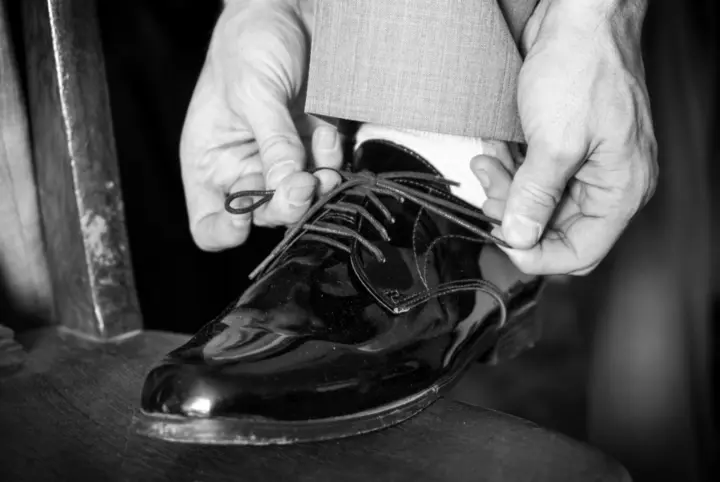
The origin of high heels can be traced mainly to the African and Asian continents. It is believed that European countries have adopted this culture from Asian countries such as Turkey and Persia (Iran). For example, in ancient Egypt, shoes were essentially class discrimination. The poor usually walked barefoot, while the rich wore flat shoes as a symbol of belonging to the upper class.
Recommend
High heels, in particular, were usually used for ceremonial purposes by the aristocracy. Shoes that look similar, although not identical to heels, can be traced back to 3500 BC in Egypt. Besides being a symbol of class, Egyptian butchers also used heels to keep their feet away from blood when slaughtering animals.
In Asia, the first to wear high heels are believed to have been Persian warriors. The shoes are specially designed to help while riding, as the heels prevent the feet from slipping in the passengers. They also helped cyclists while firing darts by improving their posture and keeping their legs stable when standing in passengers.
Post-Middle Ages
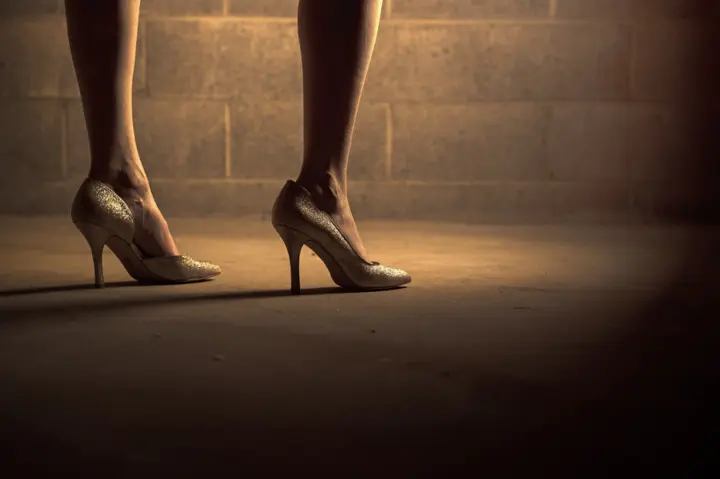
Europe adopted high heels from the Persian tradition. European aristocrats began to wear high heels when Persian diplomats visited Europe in 1599 to help win over allies in their war against the Ottoman Empire. During this time period, Europe was heavily influenced by Persian culture.
Women began to wear high heels from this period of time also in order to position themselves on par with men and also increase their height. Catherine de' Medici was the first woman to ever wear high heels in the sixteenth century. She wanted to look tall at her wedding, as she was only 150 centimeters tall. Other women quickly picked up on the trend and began wearing high heels, some of which were up to 60 cm high.
However, because of these ridiculous heights, women often fallen, and some pregnant women suffered miscarriages. To make them more biomechanically sound, the front of the platforms was carved, while height was given only to the rear. High heels also helped women prevent their skirts from getting dirty, as concrete had not been developed by then.
Heel, ego and social status
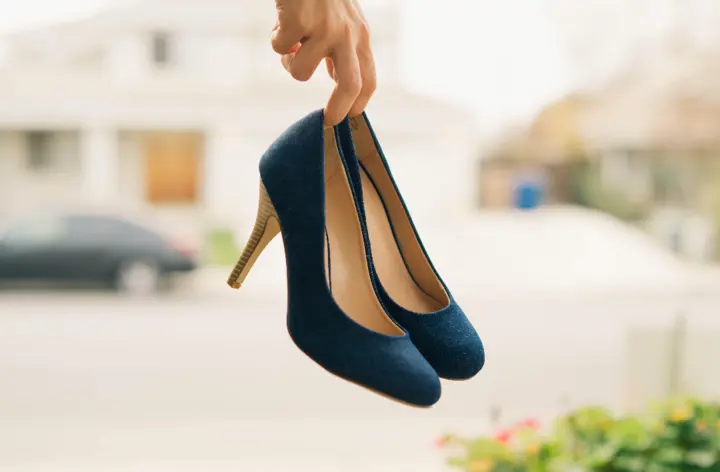
King Louis XIV of France was only 5 feet 4 inches tall. It was not convenient for the king to be shorter than his hem, so King Louis began to wear high heels to complete his small stature, wearing a 4-inch red heel decorated with battle scenes. Following in the footsteps of King Louis, King Charles II of England wore red heels during his coronation. King Louis wanted to make his style a trademark and made it illegal for anyone to wear red heels next to him and his entourage in France. This has in fact become a crime punishable by law!
Status and practicality go hand in hand. The wealthy have always used the most trivial items as symbols of luxury. High-heeled shoes were useless for lower classes working in the fields and walking long distances, so they were adopted by the upper classes to distinguish themselves.
Heels, women and equality
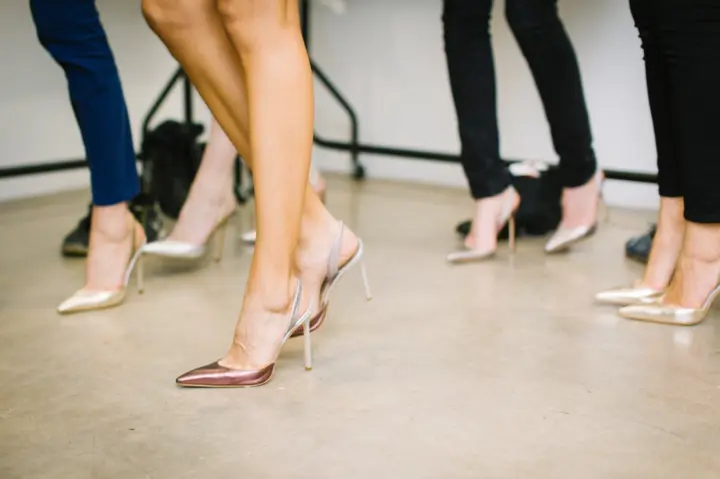
Over time, women slowly began to demand equal status with men. Wearing high heels, hats, shortening hair, and smoking cigars were all measures to show men that they were equal to them.
The heel relationship slowly developed with female sexuality, focusing on the curves of women and lengthening their legs. High-heeled shoes also went into the pornography industry. Women are photographed wearing only high-heeled shoes (a type of heel with sharply pointed heels). It was after the sixteenth century when women finally adopted high heels, and it has now become an essential item in every woman's wardrobe.
Why did men give up heels?
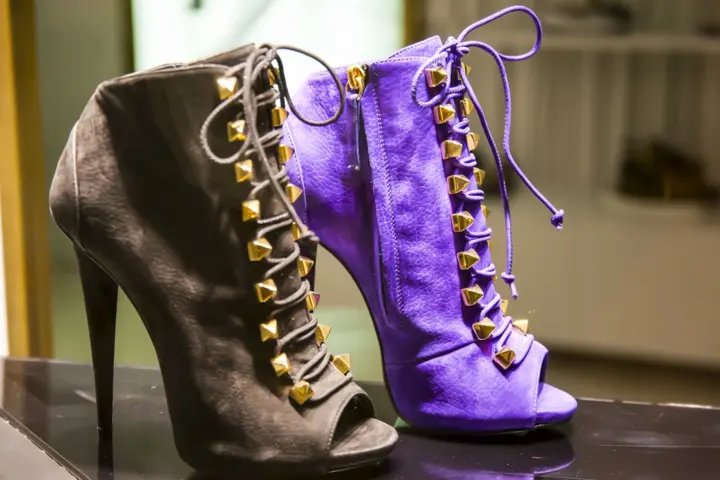
The Age of Enlightenment (an intellectual movement) changed the male view of fashion and high-heeled shoes. This era focused on practicality and rationality rather than luxury and fashion. There was a sudden shift in men's clothing. Their clothing is now more about their profession than a pompous display of wealth. Men began to abandon jewelry, bright colors and high-heeled shoes, instead turning to more sober clothing. This was known as the Great Male Concession.
Thus we can now see a noticeable difference between men's fashion and women's fashion. It is clear that the great male condescension distinguished men and women in appearance. By 1740, men had completely stopped wearing high heels. There were strict gender roles and high-heeled shoes became perceived as feminine and foolish. Males were portrayed as practical and rational, while women were seen as emotional, making them more suitable for wearing high heels than men.








